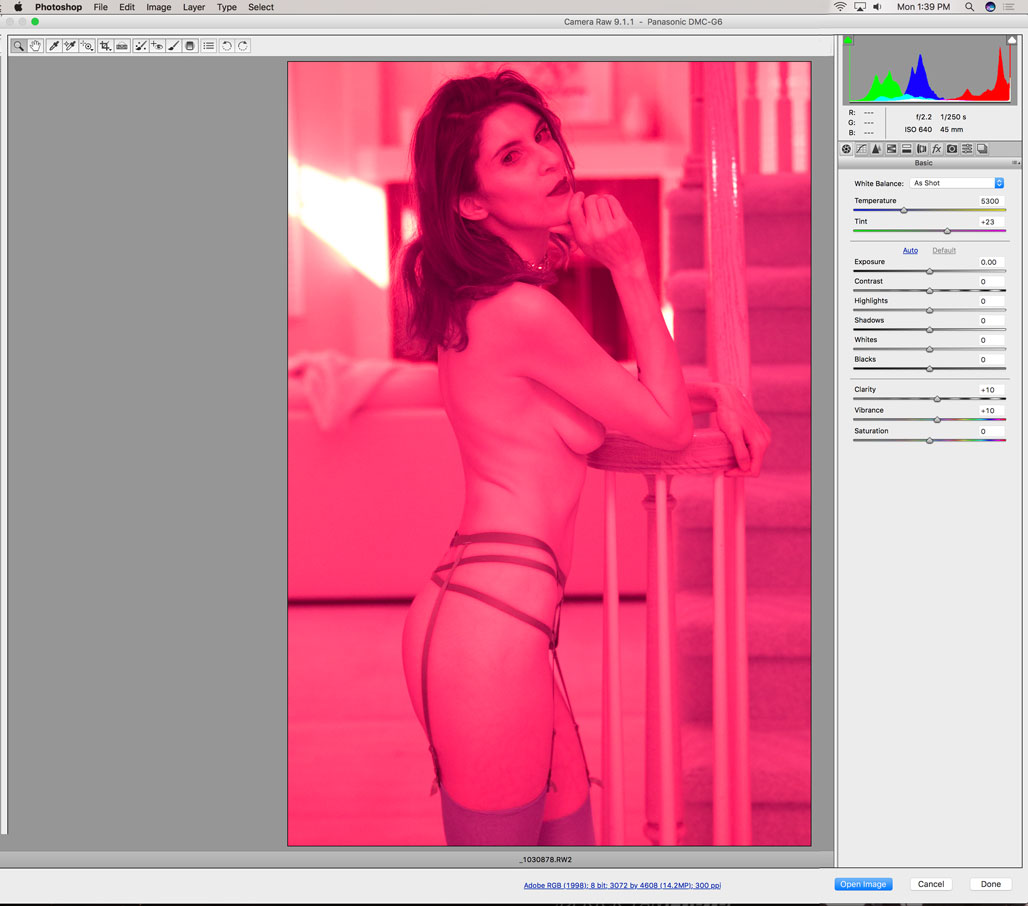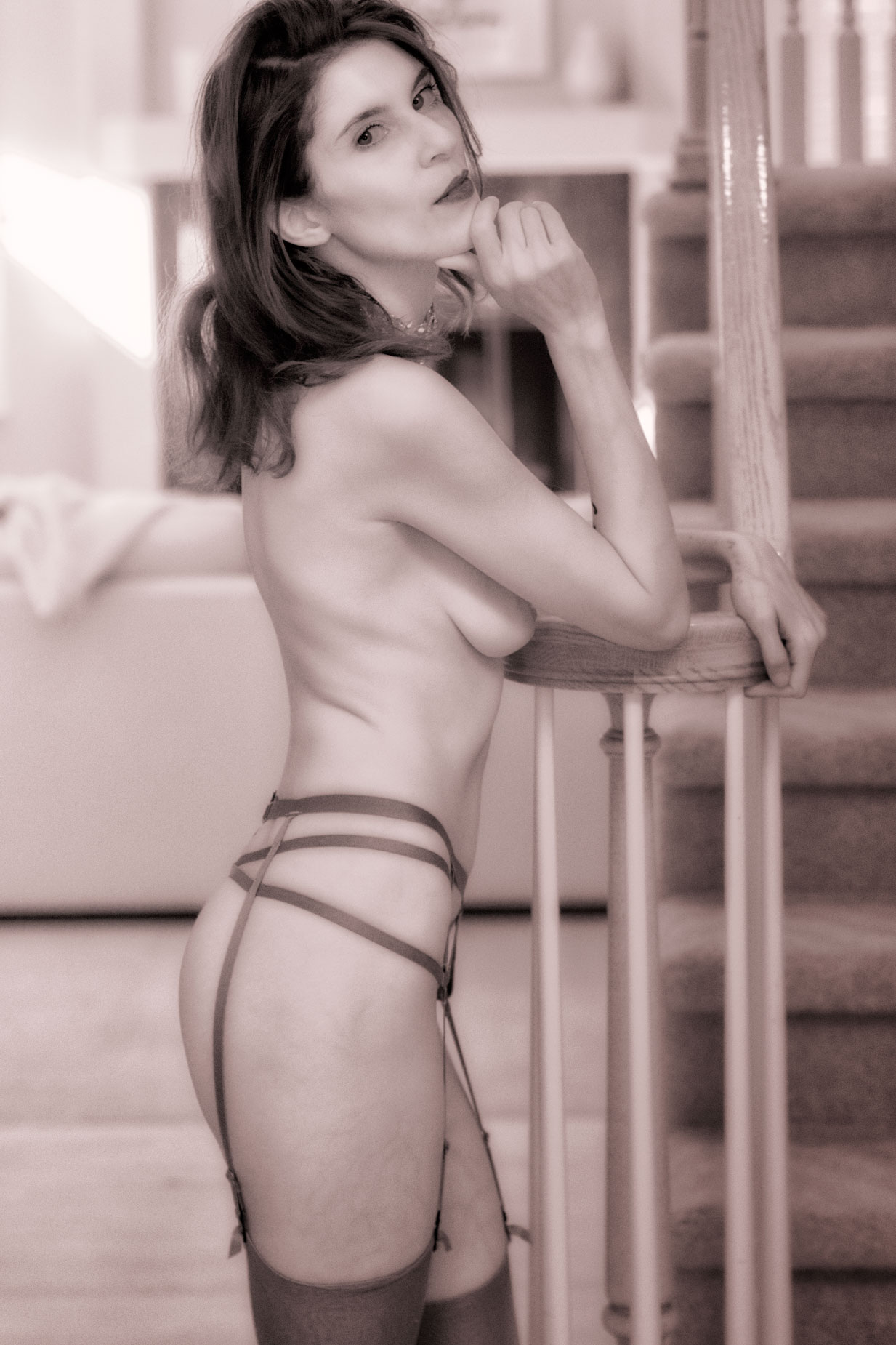#filmfriday is off this week as I struggle to deal with the weather we’ve been dealing with lately in Colorado. I’m hoping for one of two things to happen but both would be cool: The weather gets better so I can shoot film outdoors or the weather stays the same and I finally get a chance to have a model shoot in my home studio using film. So, in Film Friday’s place today is my take on shooting glamour—in infrared.
Today’s Post by Joe Farace
 As I’ve mentioned here several times, there really are no “official” subjects for digital infrared photography. If you have some time, please read Best Subjects for Infrared Photography on my car photography blog for some thoughts on this subject.
As I’ve mentioned here several times, there really are no “official” subjects for digital infrared photography. If you have some time, please read Best Subjects for Infrared Photography on my car photography blog for some thoughts on this subject.
Some of the photographers that are profiled in my book, The Complete Guide to Digital Infrared Photography, photograph people in infrared and it’s a subject that has appeared in this blog over the years. Today’s featured image is an IR portrait of Erin Valakari who, along with my former muse Tia Stoneman, are the two models I’ve photographed the most using infrared techniques.
A muse is considered to be a “woman, or a force that’s personified as a woman, who is the source of inspiration for a creative artist.” For many years Tia Stoneman inspired me and you’ve seen her photographs on this blog and in my books but she has retired from modeling to concentrate on raising her children.
 The above image show how some infrared photographs, depending on the filter that’s used, look straight-out-of-the-camera as a RAW file. In this case it’s a Panasonic RAW (RW2) format, but not all IR images look the same way when viewed straight out of the camera.
The above image show how some infrared photographs, depending on the filter that’s used, look straight-out-of-the-camera as a RAW file. In this case it’s a Panasonic RAW (RW2) format, but not all IR images look the same way when viewed straight out of the camera.
Depending on the time of day, the lightning or in this case, a lack of any kind of intense natural light, as=captured IR image files can sometimes appear blue or have an intense magenta cast like this one did.
To evaluate what an infrared photographs looks like as a traditional black and white image, when shooting one of my IR-converted cameras, I shoot in RAW+JPEG mode with the camera set in Monochrome mode. That way the camera’s LCD screen gives me an approximate view of what the image looks like in black and white and I can view those JPEG images in Adobe Bridge for image selection. But I will then use the RAW file for processing and enhancement, in the case of a portrait like the photograph at left.
How I made this shot:I photographed the indescribably beautiful Erin Valakari near the foyer in my Daisy Hill home using available light from the two windows behind her in the living room and a high South-facing window in front of her. The camera used was a Panasonic Lumix G6 with Life Pixels’ Enhanced Color IR conversion (equivalent to 665nm filter.) The lens used was an Olympus M.Zuiko 45mm f/1.8; my next-to-favorite portrait lens for the Micro Four-thirds format. My favorite is Panasonic‘s Leica DG Macro-Elmarit 45mm f/2.8 ASPH. MEGA OIS lens but I did not own that lens when I made this image. But I might have still used the Olympus lens because it’s faster. That’s because the exposure for this particular image was 1/250 sec—there’s no IBIS in the G6—at f/2.2 and ISO 640.
The image was converted to monochrome using the “Action 1” Photoshop Action that was available for a time through additonal instruction that Life Pixel offered at the time of my conversion. I don’t know if it is still being offered. That was enhanced with Vivenza along with some judicious burning and dodging from PhotoKit that, all together, combine to give the photograph a kind of sophisticated pre-code Hollywood 1930’s vibe to produce the final image you see here.
 I’ve found that Life Pixel does a great job with IR conversions and they have done most of the conversions for my Canon DSLRs and all my Panasonic Lumix G-series cameras. This is not a paid or sponsored endorsement, just my experience.
I’ve found that Life Pixel does a great job with IR conversions and they have done most of the conversions for my Canon DSLRs and all my Panasonic Lumix G-series cameras. This is not a paid or sponsored endorsement, just my experience.
My book, The Complete Guide to Digital Infrared Photography is available from Amazon with new copies available for $55 and used copies starting around nine bucks as I write this. Creative Digital Monochrome Effects has a chapter on IR photography and is available from Amazon with new copies available for $5.95 and used copies starting at a little more than four bucks.